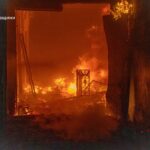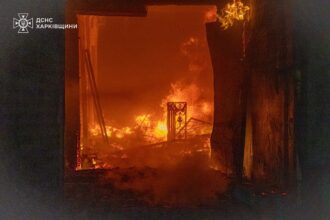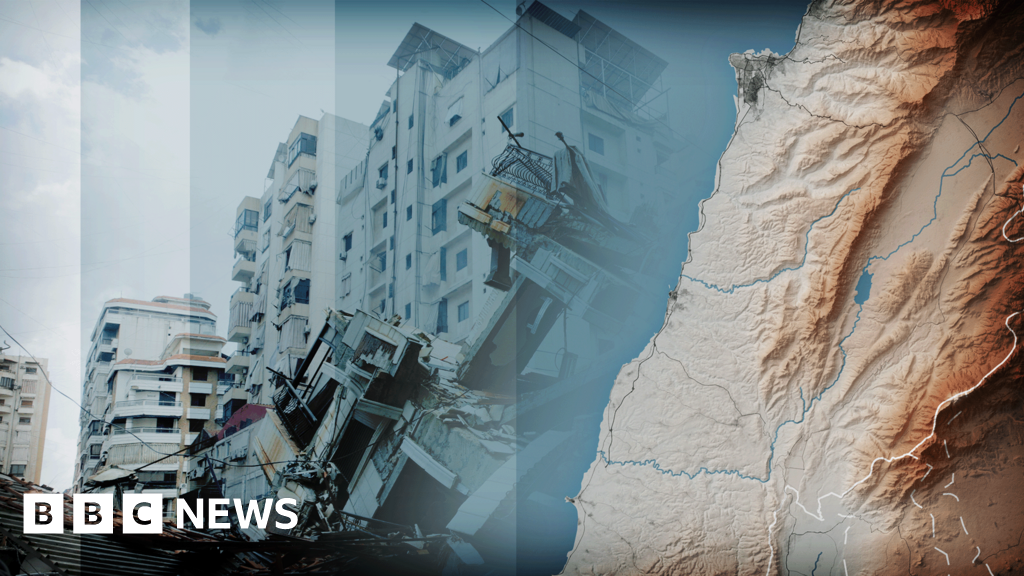**Israeli Ground Invasion Hits Southern Lebanon**
Israel’s prime minister has said that the country will keep its military freedom to attack Hezbollah if it breaks an agreement. Tens of thousands of Lebanese civilians have started going back to their homes in southern Lebanon, despite a warning from the Israeli army that it is not safe.
**Ground Operations Limited to Border Areas**
Israeli ground forces entered southern Lebanon on September 30, targeting areas near the border. The military said its operations were limited and targeted at Hezbollah’s “terrorist infrastructure”. Experts say that the Israeli army only operated within a few kilometers of the border.
**Air Strikes Intensify Before Ground Invasion**
Israel sharply increased its air campaign in late September, targeting what it said were Hezbollah infrastructure sites and weapons. However, Lebanese authorities claim that more than 700 women and 200 children have been killed since the start of the conflict.
**Beirut Heavily Targeted by Air Strikes**
The southern suburbs of Beirut, which are densely populated areas with a strong Hezbollah presence, were heavily targeted by Israeli air strikes. The city’s international airport was also hit. A series of strikes on buildings in these areas killed Hezbollah leader Hassan Nasrallah on September 27.
**Conflict Part of Wider Middle East Tensions**
Israel has been at war with Hezbollah for decades and is currently engaged in hostilities with armed forces and non-state groups in several countries, including Iran, Syria, and Iraq.













